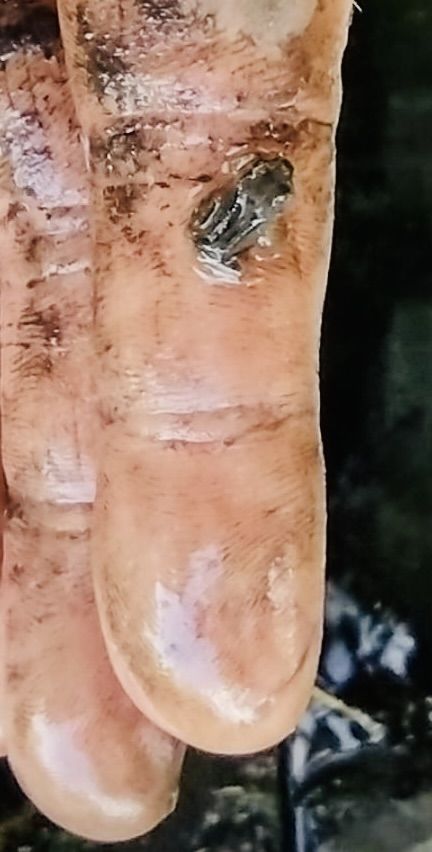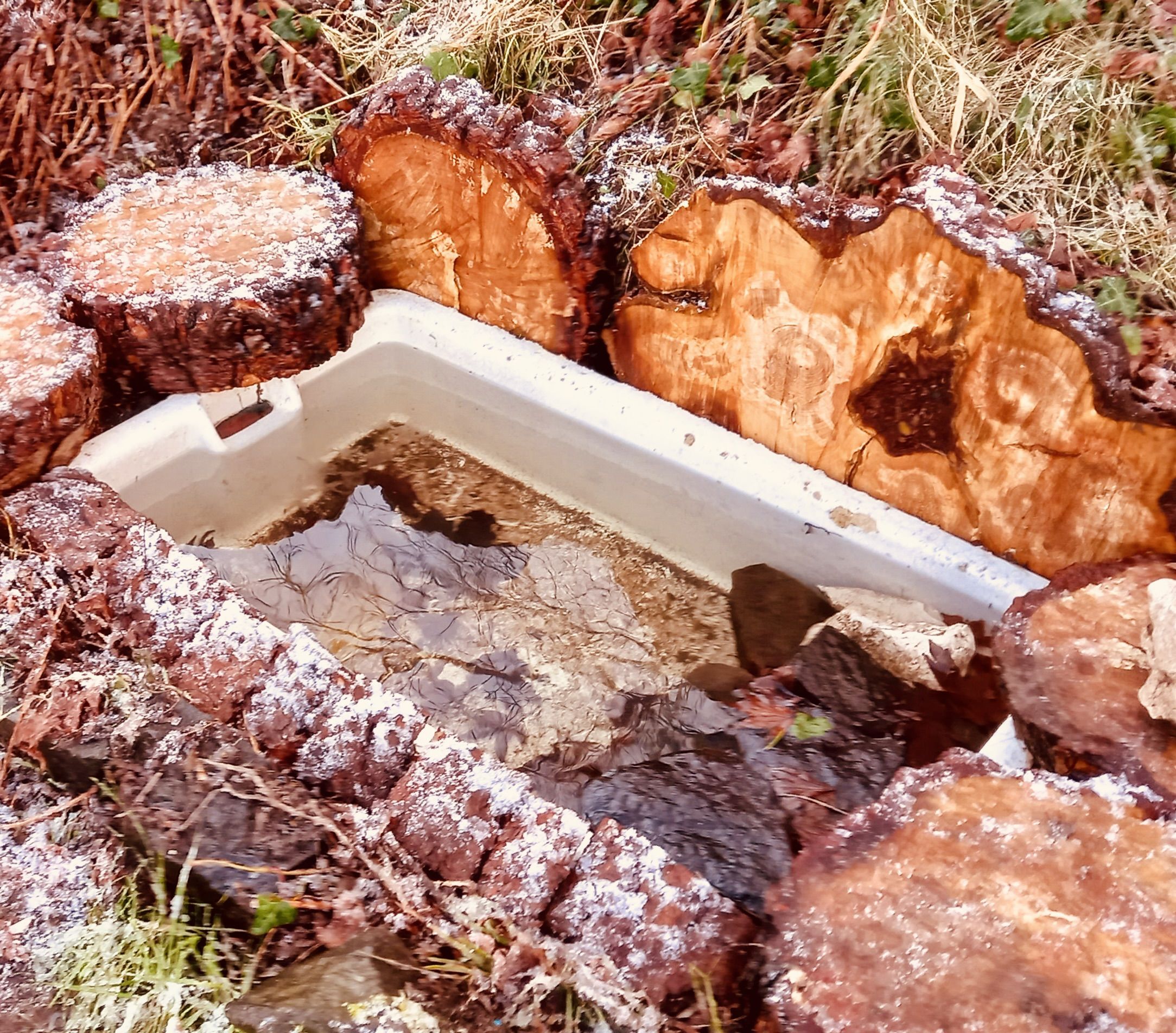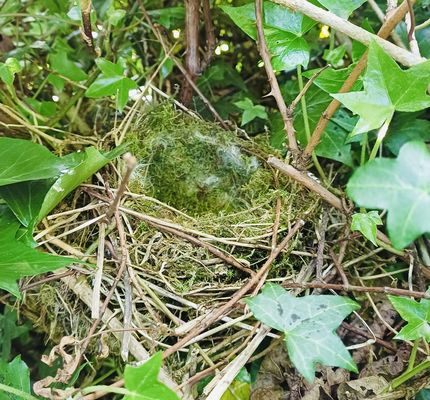IT looks like a speck of dirt on Dúlra’s finger, right, but this is a living, breathing creature that’s just set off on what will be an exciting and possibly short life.
Dúlra has protected this tiny frog like a father. Back in February, he had scooped it up along with hundreds of its siblings when they were frogspawn in a big puddle down on some waste ground at Belfast Docks. He could have left them to take their chances where their mother had intended – but thankfully he didn’t.
Last week he walked past the very same spot and the pool had disappeared under a builder’s digger. Their watery home had been earmarked as the site of a new £25 million film studio. Frogspawn is so common – or at least it used to be – that there’s no need for any law protecting it.

And so every spring, Dúlra heads out to find some, figuring that he’ll give them a better shot of survival than the puddle chosen by their mother. And when you realise how many offspring a single mum produces – 2,000 a go – it’s clear that this peculiar creature that we rarely see will never be on the endangered list. But there’s a problem.
A few decades ago – and certainly a century ago – Ireland’s countryside was a muddy, sodden mass. Today we’ve turned most of it into a pristine green pasture devoid of life, except for the crops that we want to grow. The frogs that once bred among us have been pushed to the fringes.
Today, those mummy frogs who emerge from under frozen rocks one night in February to follow those primeval urges have difficulty finding the water they need to lay their eggs. And so wherever there is even a splash – a puddle on a footpath, even – the mums will drop off those 2,000 minuscule darlings.
If it’s a particularly wet February, you’ll find spawn scattered everywhere beneath your feet. When the inevitable dry spell comes and the puddle shrivels and dies, so does the spawn. Last year Dúlra spent the best part of a morning moving masses of eggs into water on a golf course he’d been walking along, the water level had fallen since the night when the frogs bred, leaving tens of thousands of eggs stranded on the grass all around the course’s water hazards. For as long as he can remember,
Dúlra has always taken a handful – or a plastic bag full – home. At least here they can be given the six months of security they need to turn into frogs. This year plopped the spawn into an old sink he has half-buried in the garden, covered it with some mesh to keep hungry birds out and just let nature do its thing.
As each metamorphosised into a frog, it was able to climb up onto a rock and disappear into the garden. This tiny one getting a helping hand from Dúlra was the very last. A FEW weeks ago Dúlra wrote about spotting an egret at Belfast Lough, and focusing his bins on its beak.
A black beak is the little egret, a beautiful bird which in recent years has recolonised our coast. But a yellow beak means it's the extraordinarily rare great white egret.
Unfortunately Dúlra’s bird had a black beak. But just a couple of weeks later, another birdwatcher spotted what had evaded Dúlra – and just a little bit up the Antrim coast. Two great white egrets have spent the past week feeding at Larne Lough and it’s hoped this fabulous looking bird will feel just as home as its smaller, black-beaked cousin.
Both these species are thriving around the world now that people have stopped killing them for food and their feathers, and let’s pray it won’t be long before the great white not only visits Ireland, but breeds here. •If you’ve seen or photographed anything interesting, or have any nature questions, you can text Dúlra on 07801 414804.









